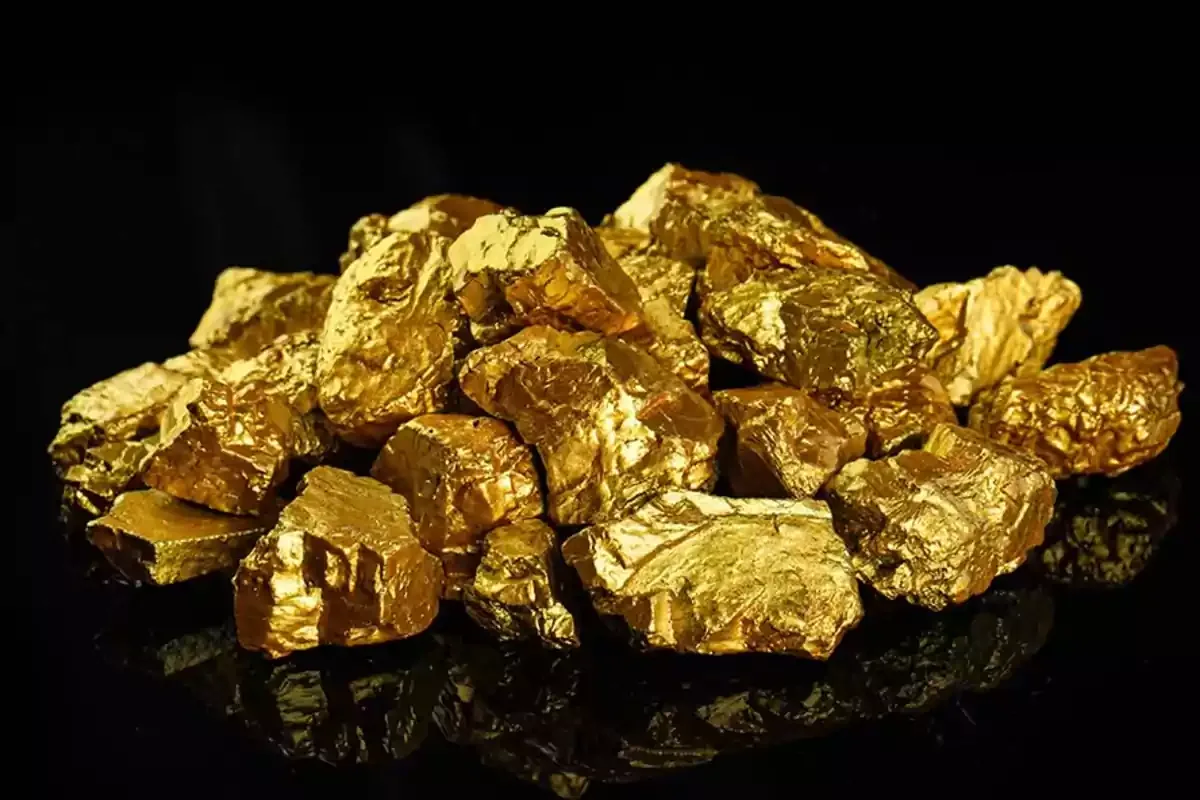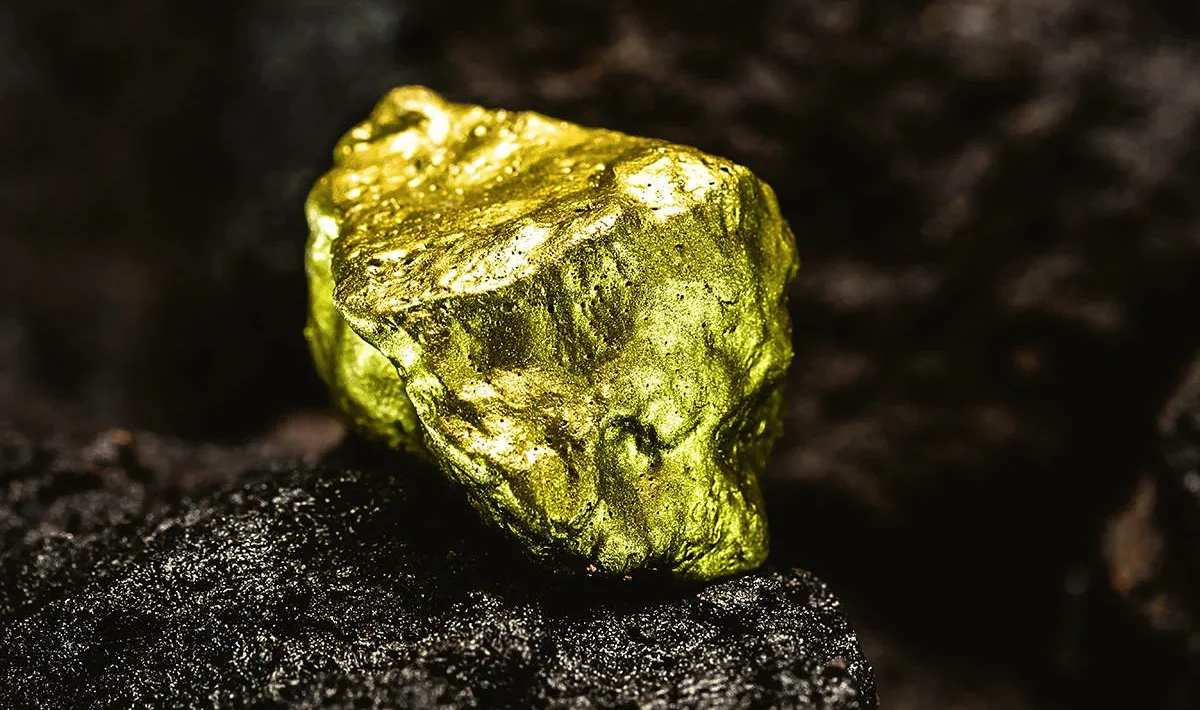The story surrounding the world’s largest gold nugget continues to be the subject of debate and historical interest more than a century and a half after its discovery in Australia. Weighing over 70 kilograms, the find set a record that has not been broken to this day.
Table of Contents
This discovery not only transformed the lives of those directly involved, but also left its mark on the country’s mining culture. The gold found, known as the Welcome Stranger, ended up being divided and melted down, and with it evaporated the possibility of a legacy that could have guaranteed the stability of several generations.
How was the world’s largest gold nugget found?
In February 1869, miners John Deason and Richard Oates found a gold nugget of extraordinary dimensions in the Moliagul region, within the so-called Golden Triangle of Victoria (Australia). The specimen, christened Welcome Stranger, was buried just a few centimetres below the surface and embedded in quartz.
Its gross weight was 109.59 kilograms, while its net weight was 72.02 kilograms. It was so large that the scales of the time could not measure it.
To solve the problem, a local blacksmith broke it into three pieces before it was transferred to the London Chartered Bank of Australia in Dunolly. There it was officially weighed and paid £9,583, a considerable amount for the 19th century.
The gold obtained was transformed into ingots that were sent to England. The find was reported in local newspapers and quickly gained international fame.
From glory to the disillusionment of the heirs: they sold it at a ridiculous price
Despite the historical and economic value of Welcome Stranges and the typical prices of gold, the descendants of Deason and Oates never enjoyed a fortune linked to that discovery. Over the years, the gold pieces that had been obtained were sold at critical times, such as during the Great Depression, at prices well below their real value.
According to Arthur Deason, John’s great-grandson, the inherited jewellery disappeared after being sold for just £10,000.
In his case, the money was invested in agricultural land, but poor decisions and losses in mining projects wiped out the fortune. John Deason, the original discoverer, died penniless in 1915.
Years later, the family’s direct heirs disposed of what remained of that wealth for just €12,000, a paltry sum compared to the more than €2.5 million estimated to be the piece’s current value.
The memory of Welcome Stranger
Although the world’s largest gold nugget no longer exists in its original form, the memory of its discovery lives on. A replica of the piece is on display in the town of Dunolly, and another copy is preserved in Melbourne. A commemorative obelisk was even erected in 1897 on the site where it was found.
In 2019, coinciding with the 150th anniversary of the discovery, the descendants of Deason and Oates gathered in Moliagul to recreate that historic episode. The event included theatrical performances and commemorative events that sought to keep alive the cultural heritage of the gold rush in Australia.
The site of the discovery continues to attract fortune seekers. Although Moliagul is now a small cattle-farming community, it remains part of the Golden Triangle, known for its gold deposits that still inspire amateur metal detectorists.

And what happened to the discoverers of the world’s largest gold nugget?
John Deason and Richard Oates, originally from Cornwall (United Kingdom), emigrated to Australia in search of prosperity. The 1869 discovery changed their lives immediately, but did not ensure the well-being of their descendants.
- John Deason: after the discovery, he acquired agricultural land, but his bad investments led him to bankruptcy. He died in 1915.
- Richard Oates: he returned temporarily to the United Kingdom, got married and later returned to Australia. He settled with his family on a farm in Victoria, where he died in 1906.
Both names remain linked to the most memorable episode of the Australian gold rush, although the wealth it generated quickly disappeared.





